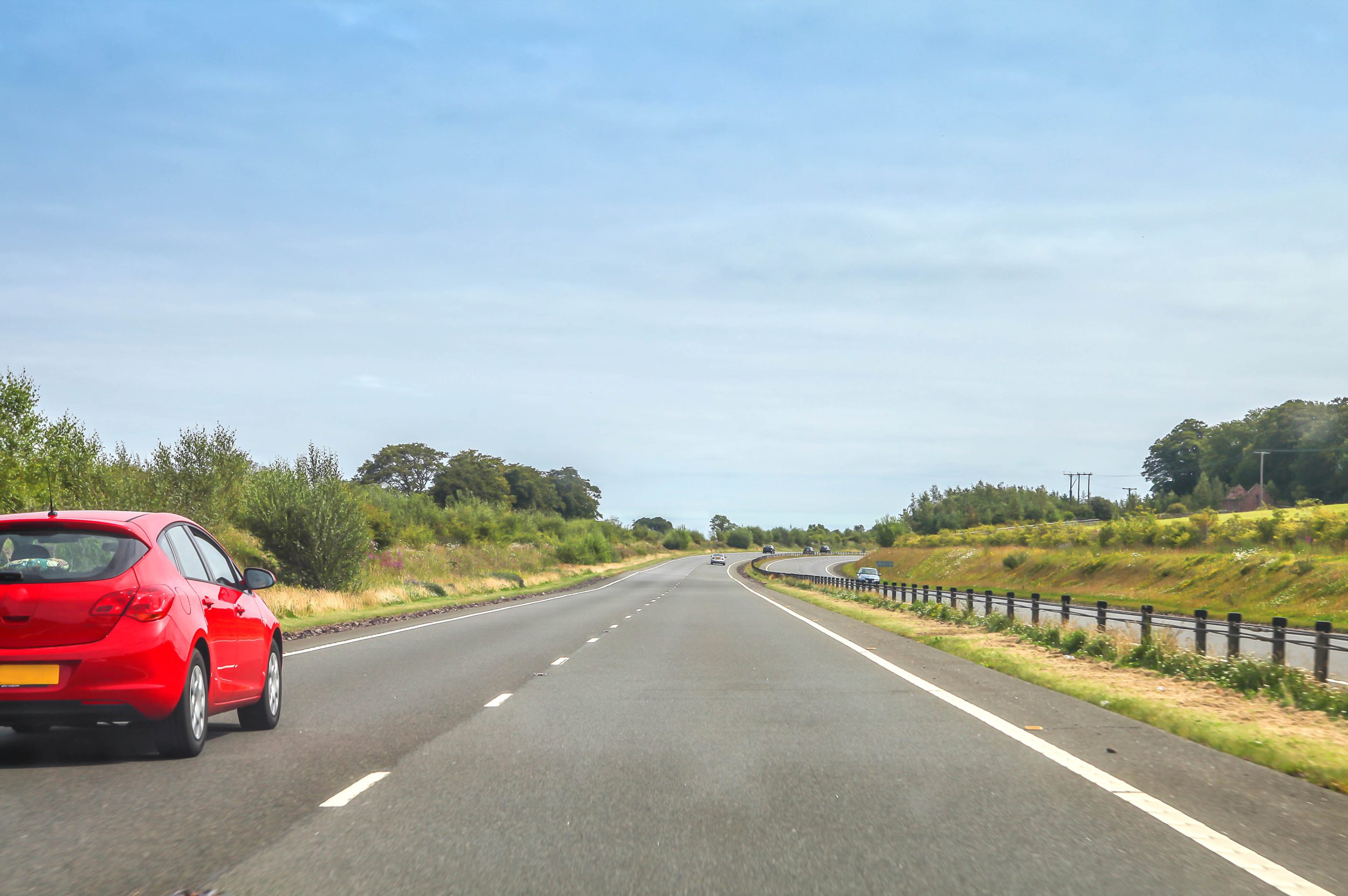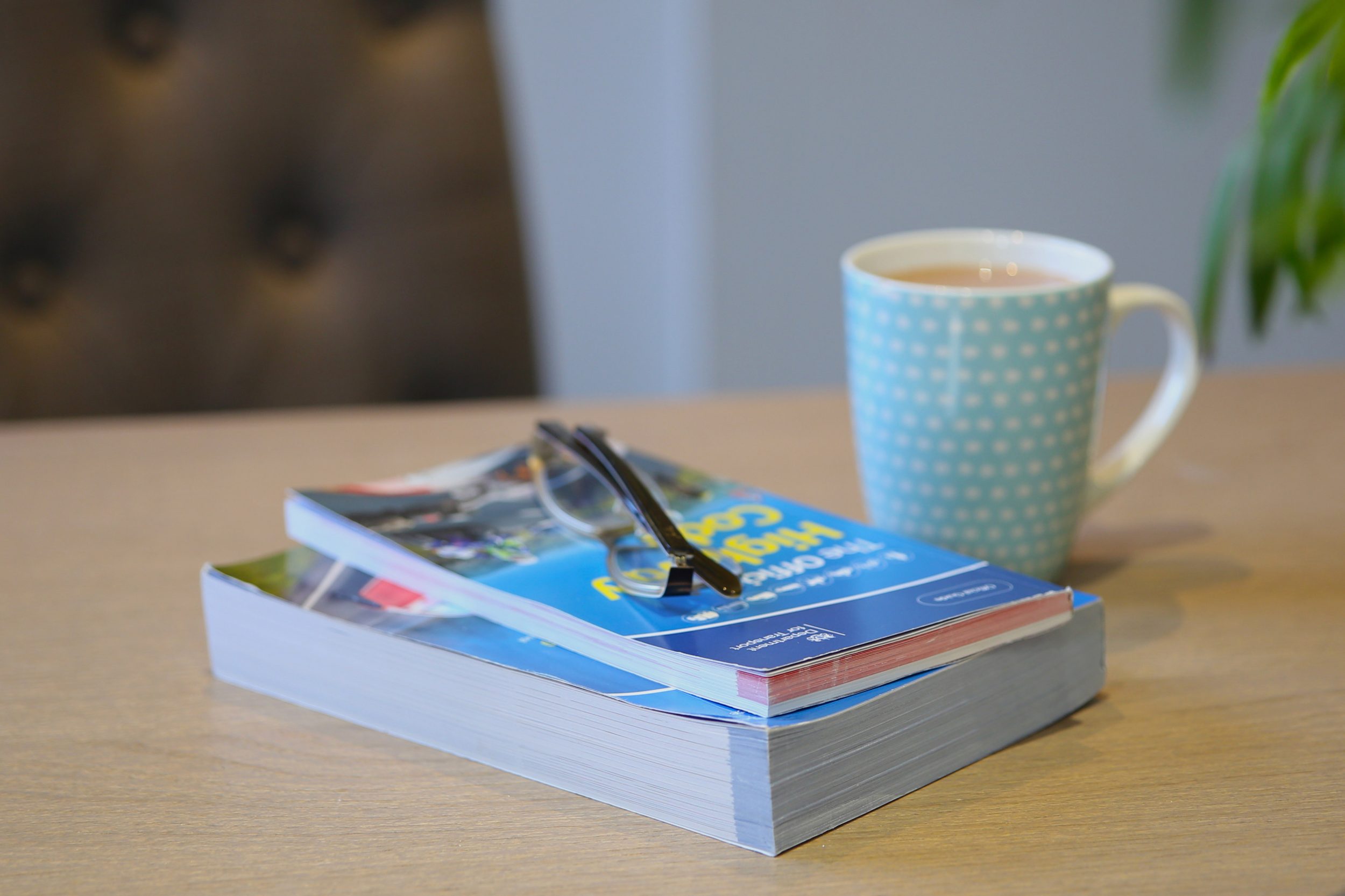Learning to drive is a big milestone, but passing your test can often be a tough process. Choosing when to learn to drive could make a subtle but effective difference in passing your test. Around 48% of UK learner drivers pass their driving test on their first time, which could partly be down to timing. So, when is the best time to learn to drive in the UK?
When is the best time of year to learn to drive?
In general, spring and summer are considered to be the best seasons for learning to drive in the UK. Research also shows that learners who book their tests in spring or summer, tend to have slightly higher pass rates than in the autumn or winter months. However, autumn and winter have their own advantages for learning to drive, and the difference in pass rates between seasons tends to be marginal.
April, August and December in particular, are considered to be the best months in terms of pass rates, seeing slightly higher than average pass rates than the annual average.
Why learn to drive in spring and summer?
Lighter nights
Longer daylight hours during spring and summer give you more time to practise and build confidence behind the wheel in daylight. This is beneficial to new learners navigating the roads and learning how light can change the visibility of routes and hazards.
Light is particularly helpful when you’re driving on tight, busy roads or practising important manoeuvres, such as bay parking.
Fewer icy conditions
Spring and summer offer safer and more predictable weather, with less risk of icy or snowy roads. The Met Office offer guidance on seasonal conditions with the risk of frosty and icy roads being a key safety factor they highlight.
Summer is especially ideal for beginner learner drivers as it offers the best road traction with its mostly dry weather. Many built-up areas are well gritted when the temperature drops but if you’re learning to drive in a more rural setting this isn’t always the case.
Pass before winter
Passing your test before winter means you’ll have less walking or cycling to get to your destinations once the colder weather sets in. By picking up the skills you need to pass your test in summer, you’ll face fewer wet walks to the bus stop or cold waits at train stations in the autumn and winter months.
Potential for a bargain
Driving schools and instructors often offer competitive rates in spring and summer due to increased demand from students with time off from school and more daylight hours for lessons. This makes these months a great time to potentially pick up a bargain.
It is also a great time of year if you’re looking to get a good deal on a new or used car. September and March are generally when dealers have lots of used cars in stock that they need to sell after new number plates are introduced during these months.
Considerations for learning to drive in spring/summer
Mixed weather
Spring is famous for its changeable conditions and dry summers are never guaranteed in the UK, so when driving here in spring and summer you’ll still experience driving in variable weather.
From dazzling sunshine to heavy rain, driving during mixed weather can help you learn valuable lessons like avoiding aquaplaning or even simply using your wipers or fog lights.
Conflicting priorities
Spring and summer can often be hectic, with learner drivers often also preparing for school exams and considering extended summer travelling once school is finished. This can easily add unwanted stress to the process of learning to drive so is an element that should be considered.
Learning to drive in autumn and winter
Whilst learning to drive in spring and summer might be more enjoyable, all seasons have their advantages. Learning to drive in autumn and winter offers its own benefits, with the weather conditions providing experience with a wider range of driving conditions. You’ll see more challenging weather like rain, fog, ice and snow in these months. This can be intimidating as a new driver, but you’ll have to tackle these types of weather at some point along your driving journey so it’s great to do it for the first time with an instructor by your side.
It may also be easier to schedule driving lessons and test appointments in autumn and winter, outside of peak periods.
What else influences when you should learn to drive?
There are many other factors that are important to take into account, other than the time of year, when deciding when is the best time to learn to drive.
Your budget
In most cases, the financial cost of learning to drive is what will influence people the most. You’ll need to make sure you’re able to save up for all the things you’ll need to begin your learning to drive journey. You’ll need to be able to pay for driving lessons, learner driver insurance, as well as your theory and practical exams.
The DVSA recommends 45 hours of lessons and around 20 hours of private practise outside of lessons. At an average of around £25-£45 per hour depending on your location, this can cost between £1,125-£2,025 just for lessons.
For a full cost breakdown, take a look at our blog post to find out what the true cost of learning to drive really is.
Your schedule
Learning to drive is a lengthy commitment that takes even the most able of drivers a few months to complete. When learning to drive and booking lessons, you should consider your other commitments such as work, school, or family obligations and how these could affect how often you can practise your driving.
You should aim to avoid leaving long gaps between your lessons to help retain what you learn. So, if you find yourself especially busy, you may want to wait until you have more time to commit to learning to drive.
Your lifestyle
You might also want to weigh up how much your current lifestyle dictates that you drive. If you’ve just moved to a city centre with good transport links for example, it might feel less pressing than if you live somewhere rural with infrequent public transport.
Deciding when to start learning to drive
Q: Is spring/summer the right time to learn to drive?
A: Spring and summer are great times to learn to drive, with longer daylight and generally more pleasant road conditions. But you should make sure it fits in with your personal commitments and budget.
Q: Should I delay learning to drive until next spring/summer?
A: If your spring or summer is dominated by exams or travel, learning to drive at another time could help you to avoid adding more stress to your lifestyle. However, you don’t need to delay learning to drive until the next spring/summer seasons, as all seasons offer different benefits for learning to drive. Autumn and winter are also great for learning to drive as you can experience driving in different types of weather and road conditions.
When can you learn to drive in the UK?
You can apply for a provisional license and start learning to drive from 15 years and 9 months; however, you can’t take the driving test until your 17th birthday. Some rules can be different depending on if you have a disability or long-term health condition so it is worth checking if you fall into this category.
How long does it take to learn to drive?
The DVSA recommends 45 hours of lessons and at least 20 hours of private practise outside of lessons. This is just a guideline and some learners do more, or less, than these recommended hours across weeks or months as needed.
When is the best time to take a driving test?
Pass rates vary slightly month to month, with peaks in April, August and December, but they generally stand at around 47-49%. You could consider the option of taking a test in the evening when the roads are generally quieter after rush-hour, but this may come at a premium price.
Do you need car insurance when learning to drive?
Yes, it is a legal requirement for driving in the UK and you will need to be insured on the car that you learn to drive in. You can either be added to an existing policy as a named driver, such as on your parent’s annual policy, or you can get your own learner driver insurance.
Take a look at our full guide on learner driver insurance including key questions and how to find the best option for you.
Get covered while you learn to drive
Our short-term learner driver insurance allows you to practice driving in your own car, or a friend or family member’s vehicle. It’s a great way to build your confidence and get more hours behind the wheel outside of your lessons. Download our app and get a quote today.



